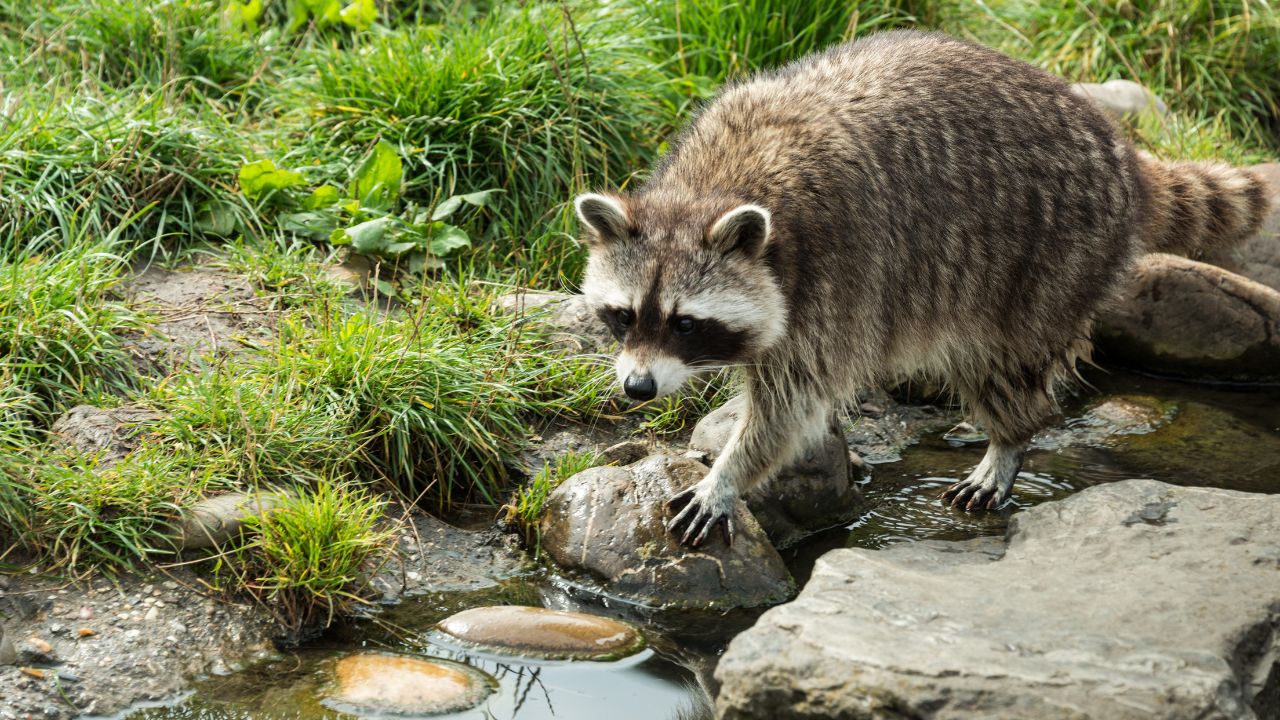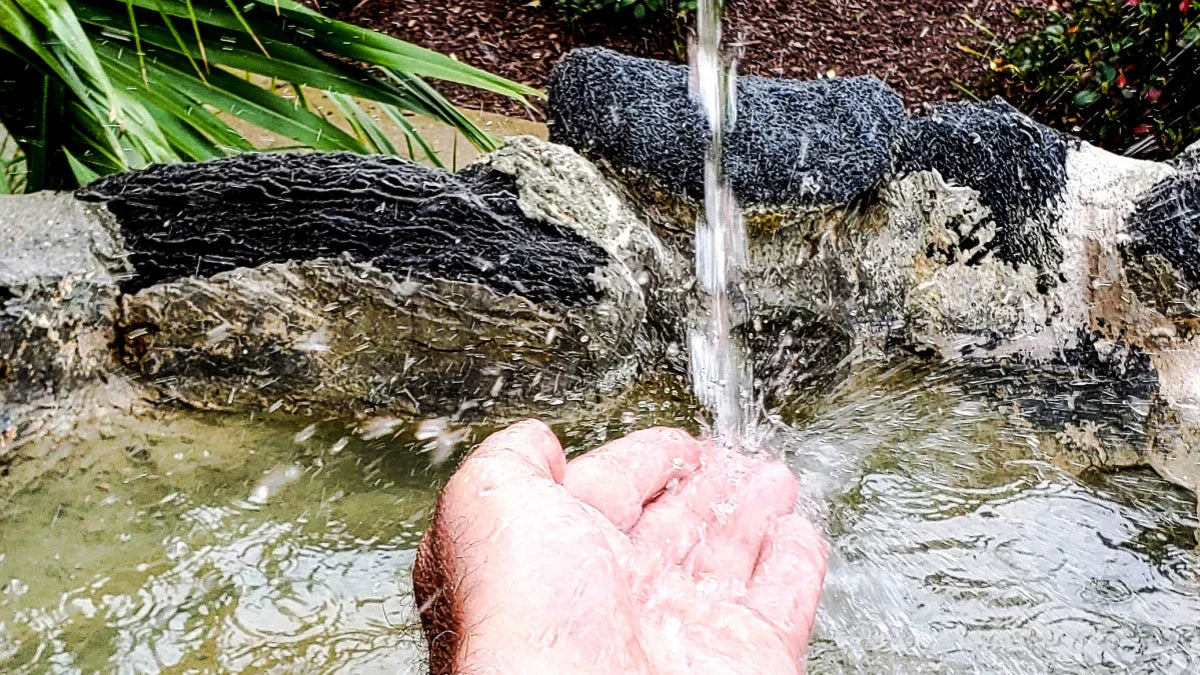Few things drain the joy from a backyard water garden faster than a dark, smelly layer of sludge coating the bottom of a pond. Left unchecked, this muck fuels algae blooms, harbors parasites, and robs water of oxygen—turning your showpiece into a maintenance headache. The good news is that clearing sediment needn’t be back-breaking or expensive. With smart technique, the right cadence, and a little help from Poposoap’s eco-friendly filtration gear, you can restore clarity and keep your pond bottom healthy all year.
Why You Need to Clean the Bottom of Your Pond
Crystal water at the surface often hides what’s happening below. Fish waste, fallen leaves, and decaying plant stems sink steadily until they form an oxygen-poor blanket called “anaerobic sludge.” When that layer reaches as little as half an inch, two problems explode:
- Ammonia spikes. Decomposition releases toxins faster than beneficial bacteria can convert them.
- Hydrogen-sulfide pockets. Stirring the pond bottom suddenly can burp rotten-egg gas poisonous to koi and goldfish.
Routine surface skimming and a skimmer box remove floating debris, but gravity ensures some material always makes it to the bottom. A periodic, targeted clean-out keeps the nitrogen cycle balanced, extends filter life, and stops that faint swamp odor before guests notice.
What Is Pond Muck and Where Does It Come From?

Pond muck is an organic soup of:
- Leaf litter and pollen blown in on the wind.
- Excess fish food that sinks uneaten.
- Fish excreta rich in ammonia and phosphate.
- Algae carcasses killed by seasonal die-off or algaecide treatments.
- Soil runoff after heavy rains.
Unlike inorganic sand, this sludge teems with bacteria and fungi. In moderation it supports microscopic life; in excess it smothers plant roots and steals dissolved oxygen. Shallow backyard ponds—especially under trees—can build an inch of sludge every spring and fall. Tackling it before it compacts is key.
Four Effective Methods to Remove Sediment & Muck

(Pair each with a Poposoap biological filtration system for best results.)
A. Hand-Net Skimming and Raking
For ponds under 1,000 gallons, a long-handled pond net or plastic leaf rake does wonders. Glide slowly along the bottom pond surface; muck will billow upward like black smoke and settle into the mesh. Deposit gooey scoops into a wheelbarrow, then spread the nutrient-rich slurry around shrubs as organic compost.
Pro tip: work in quadrants and give fish time to move away. Cloudy water clears overnight if filtration runs continuously.
B. Pond Vacuum or Sump Pump Extraction
A wet/dry shop-vac set to continuous discharge, or a purpose-built pond vacuum, sucks sludge through a hose to your lawn or a garden bed. Move methodically to avoid draining water too quickly; pause every two to three minutes so fresh water rushes into the cleaned zone.
After a large clean-out replace 10–20 percent of pond volume with dechlorinated tap or collected rainwater to restore the level without shocking temperature.
C. Beneficial-Bacteria “Muck Tablets” + Biological Filtration
Sometimes the best answer to “how to clean muck from bottom of pond” is letting biology do the heavy lifting. High-concentration enzyme or bacteria pellets sink to the bottom of a pond, colonize the sludge, and digest organics into harmless gas. Results appear over four to six weeks but require good circulation.
That’s where a Poposoap Solar Pond Filter shines. Its multi-stage design—coarse pad, activated carbon, and high-surface-area Bio-Balls—provides a massive bacterial home while sunlight-powered flow keeps oxygen high. Because the pump runs for free, you can leave it operating 24/7 during treatment.
D. Bottom Aeration & Sediment Uplift
Stagnant pockets linger in coves and under floating plants. Installing a Poposoap Solar Pond Aerator at the deepest point releases slow columns of air that lift fine particles into the water column, where the main filter traps them. Combined with a low-watts Poposoap AC Pond Pump or Floating Fountain for surface turnover, aeration both oxygenates fish and gradually polishes the pond bottom between manual clean-outs.
Tips to Prevent Future Sludge Buildup

(Use a Poposoap pond filter to stay ahead of the game.)
- Run Continuous, Sized-Right Filtration
Choose a filter rated for your gallonage plus fish load. The Poposoap Pond Filter Kit with optional UV clarifier handles up to 660 gallons and back-flushes in minutes—no messy media bags. Solar models eliminate electric costs entirely, so there’s no reason to switch them off at night.
- Net Leaves in Autumn
Stretch a fine-mesh cover from first leaf-drop until trees are bare. Removing leaves before they sink is ten times easier than vacuuming them months later.
- Feed Fish Sparingly
If pellets remain after two minutes, you’re overfeeding. Less protein equals less waste, slower filter clogging, and clearer water.
- Keep a Live Plant Buffer
Marginal plants like water mint and pickerelweed absorb nitrates that would otherwise feed string algae and settle as dead biomass on the pond bottom.
- Direct Runoff Away
Edge the pond with river rock or install a small berm so lawn fertilizer and soil don’t wash straight in.
- Schedule a “Muck Audit” Twice a Year
Spring post-thaw and late fall after leaf season, probe the bottom with a ruler. If sludge exceeds a half-inch blanket, plan a hands-on removal. By monitoring, you’ll never face the three-inch emergency that forces a total drain.
Conclusion: Healthy Pond Bottom = Healthy Pond
A sparkling waterline can fool even seasoned keepers, but the true barometer of pond health lies at the base. Regularly inspecting and clearing the bottom of a pond stops toxic gases, preserves bio-filter capacity, and keeps fish vibrant. Whether you scoop manually, vacuum mechanically, bio-digest organically, or aerate continuously, every method works better when paired with the quiet endurance of Poposoap’s solar or plug-in filtration systems.
Take the time to master how to clean bottom of pond muck today, and you’ll trade crisis weekends for relaxed mornings—admiring fish, not sludge. Your pond, your fish, and even your nose will thank you.





Leave a comment
All comments are moderated before being published.
This site is protected by hCaptcha and the hCaptcha Privacy Policy and Terms of Service apply.